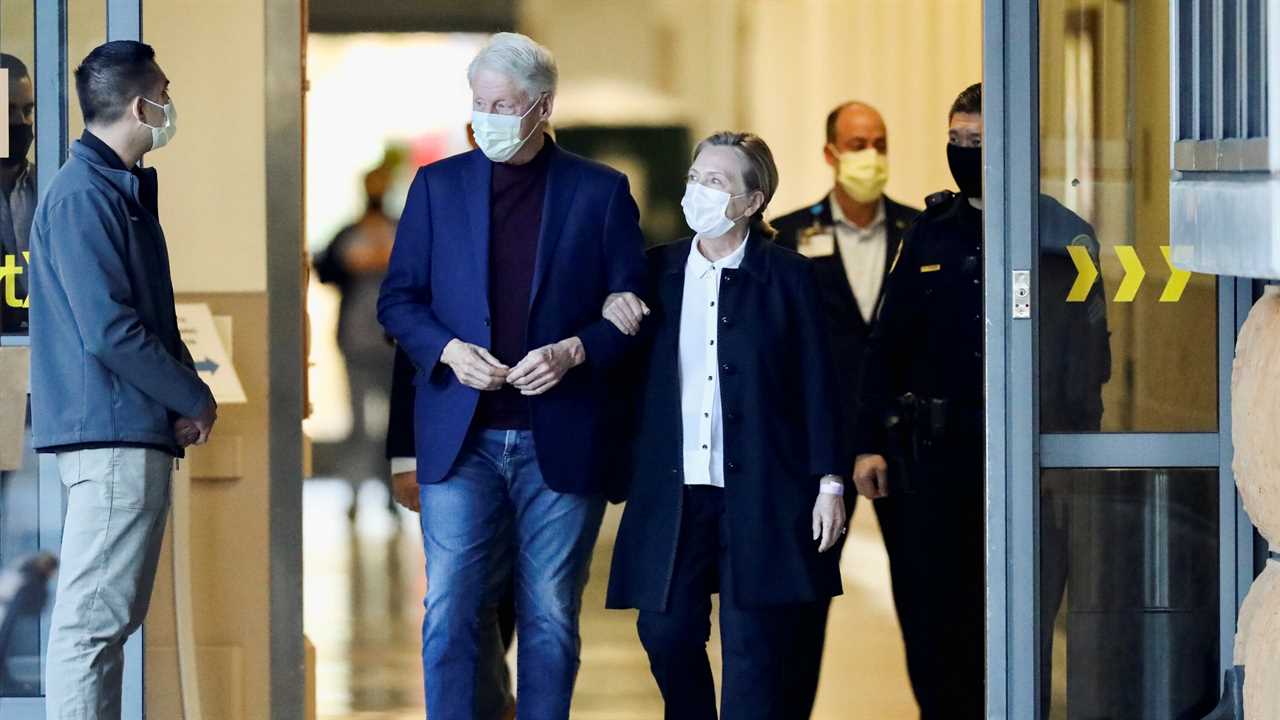
Former President Bill Clinton was released from a California hospital on Sunday after being admitted on Tuesday for treatment of a urological infection that developed into sepsis, officials said.
A spokesman for Mr. Clinton shared a statement on Twitter from Dr. Alpesh N. Amin, the chairman of the Department of Medicine at the University of California, Irvine, who had been overseeing the team of doctors treating Mr. Clinton.
Mr. Clinton’s “fever and white blood cell count are normalized and he will return to New York to finish his course of antibiotics,” Dr. Amin said. “On behalf of everyone at UC Irvine Medical Center, we were honored to have treated him and will continue to monitor his progress.”
Mr. Clinton’s spokesman, Angel Ureña, had said that the former president, 75, was admitted on Tuesday evening to UCI Medical Center in Orange, Calif., with what he described as a “non-Covid-related infection.”
On Saturday, Mr. Ureña noted on Twitter that Mr. Clinton would remain in the hospital overnight, and described him as being “in great spirits” and “spending time with family, catching up with friends and watching college football.”
Mr. Clinton was in California for an event related to his foundation. He had started planning a more robust travel schedule as Covid-related restrictions were being eased.
Mr. Clinton’s doctors, Dr. Amin and Dr. Lisa Bardack, said in a statement on Thursday that he had been admitted to the hospital for “close monitoring” and had received IV antibiotics and fluids.
Sepsis, a life-threatening response to infection, is a common cause of death in hospitals. About 1.7 million Americans develop sepsis in a typical year and nearly 270,000 Americans die as a result of sepsis, according to the Centers for Disease Control and Prevention.
Sepsis, or the infection that causes it, starts outside of the hospital in nearly 87 percent of cases, the C.D.C. says.
Infections that lead to sepsis most often begin in the lung, urinary tract, skin or gastrointestinal tract, according to the C.D.C. Without quick treatment, it can lead to tissue damage, organ failure and death.
In 2010, Mr. Clinton was taken to a New York hospital after experiencing chest pains, and later underwent a heart procedure. Doctors inserted two stents into his native coronary artery.
In 2004, Mr. Clinton, who has a family history of heart disease, underwent quadruple coronary bypass surgery at a hospital in New York. The open-heart procedure, which took four hours, came three days after tests prompted by chest pains and shortness of breath revealed that he had life-threatening heart disease.
Michael Levenson and Maggie Haberman contributed reporting.
Did you miss our previous article...
https://trendinginthenews.com/usa-politics/fda-panel-unanimously-recommends-johnson-amp-johnson-booster-shots






